Search the Special Collections and Archives Portal
Search Results
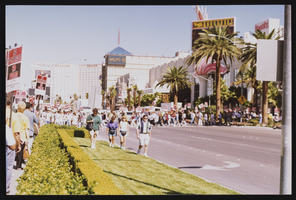
Hilton Flamingo picketing, Culinary Union, Las Vegas (Nev.), 1990s (folder 1 of 1), image 40
Date
1990 to 1998
Description
Arrangement note: Series I. Demonstrations, Subseries I.B. Other Demonstrations and Strikes
Image
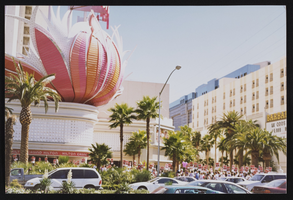
Hilton Flamingo picketing, Culinary Union, Las Vegas (Nev.), 1990s (folder 1 of 1), image 41
Date
1990 to 1998
Description
Arrangement note: Series I. Demonstrations, Subseries I.B. Other Demonstrations and Strikes
Image
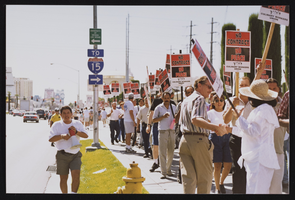
Hilton Flamingo picketing, Culinary Union, Las Vegas (Nev.), 1990s (folder 1 of 1), image 42
Date
1990 to 1998
Description
Arrangement note: Series I. Demonstrations, Subseries I.B. Other Demonstrations and Strikes
Image
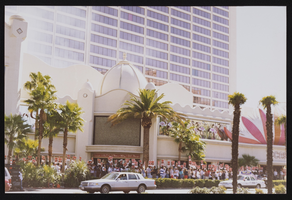
Hilton Flamingo picketing, Culinary Union, Las Vegas (Nev.), 1990s (folder 1 of 1), image 43
Date
1990 to 1998
Description
Arrangement note: Series I. Demonstrations, Subseries I.B. Other Demonstrations and Strikes
Image
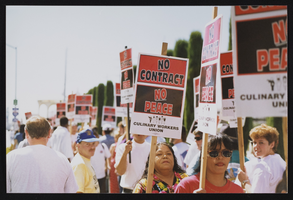
Hilton Flamingo picketing, Culinary Union, Las Vegas (Nev.), 1990s (folder 1 of 1), image 44
Date
1990 to 1998
Description
Arrangement note: Series I. Demonstrations, Subseries I.B. Other Demonstrations and Strikes
Image
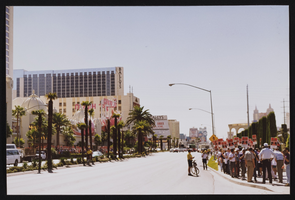
Hilton Flamingo picketing, Culinary Union, Las Vegas (Nev.), 1990s (folder 1 of 1), image 45
Date
1990 to 1998
Description
Arrangement note: Series I. Demonstrations, Subseries I.B. Other Demonstrations and Strikes
Image
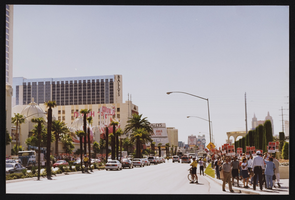
Hilton Flamingo picketing, Culinary Union, Las Vegas (Nev.), 1990s (folder 1 of 1), image 46
Date
1990 to 1998
Description
Arrangement note: Series I. Demonstrations, Subseries I.B. Other Demonstrations and Strikes
Image
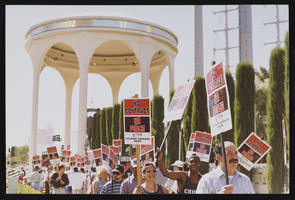
Hilton Flamingo picketing, Culinary Union, Las Vegas (Nev.), 1990s (folder 1 of 1), image 47
Date
1990 to 1998
Description
Arrangement note: Series I. Demonstrations, Subseries I.B. Other Demonstrations and Strikes
Image
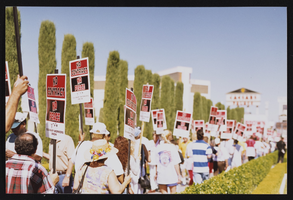
Hilton Flamingo picketing, Culinary Union, Las Vegas (Nev.), 1990s (folder 1 of 1), image 48
Date
1990 to 1998
Description
Arrangement note: Series I. Demonstrations, Subseries I.B. Other Demonstrations and Strikes
Image
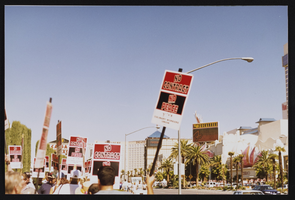
Hilton Flamingo picketing, Culinary Union, Las Vegas (Nev.), 1990s (folder 1 of 1), image 49
Date
1990 to 1998
Description
Arrangement note: Series I. Demonstrations, Subseries I.B. Other Demonstrations and Strikes
Image
Pagination
Refine my results
Content Type
Creator or Contributor
Subject
Archival Collection
Digital Project
Resource Type
Year
Material Type
Place
Language
Records Classification
